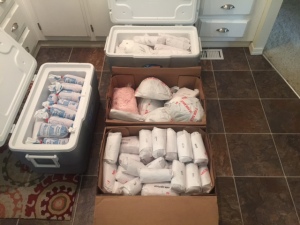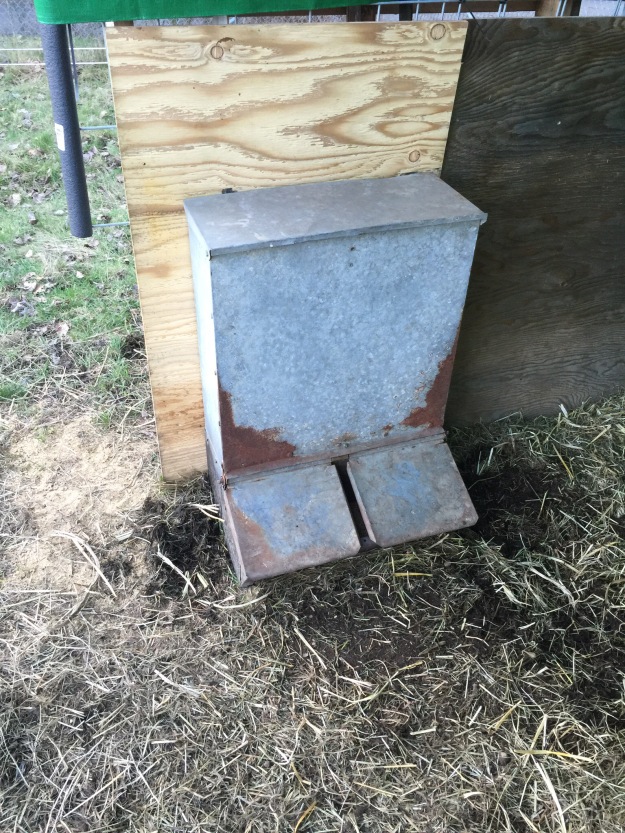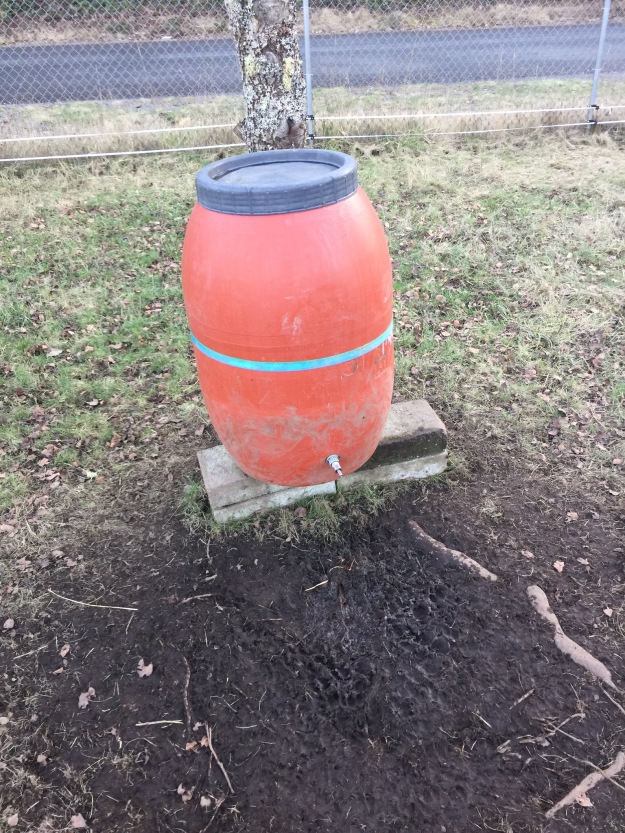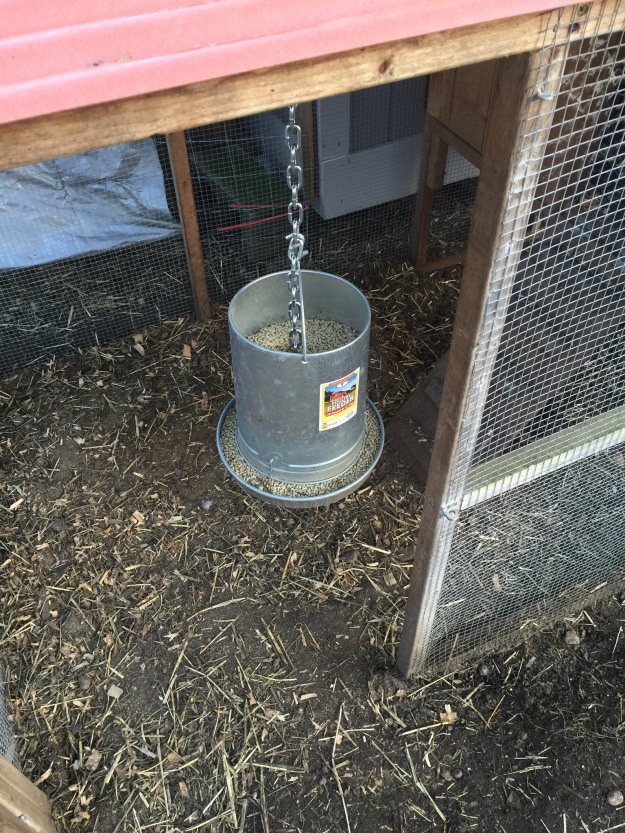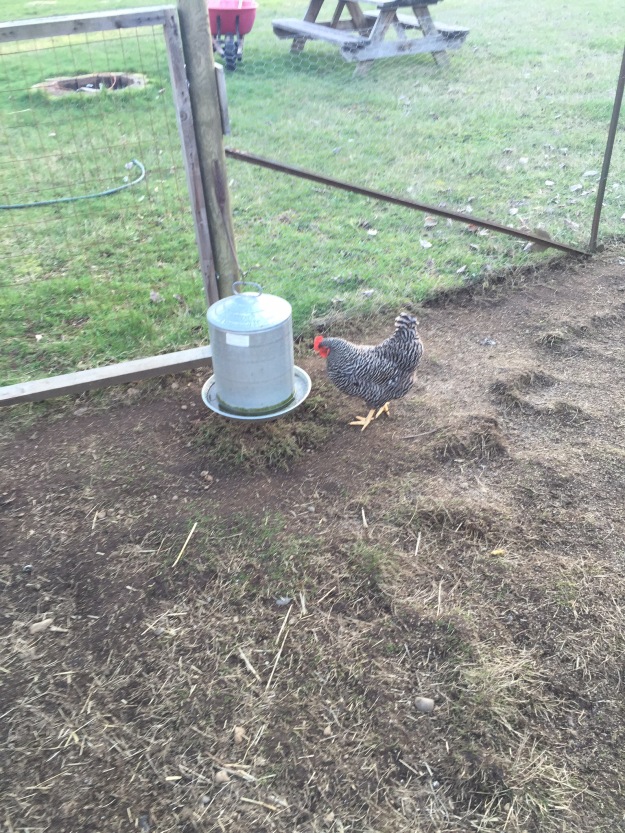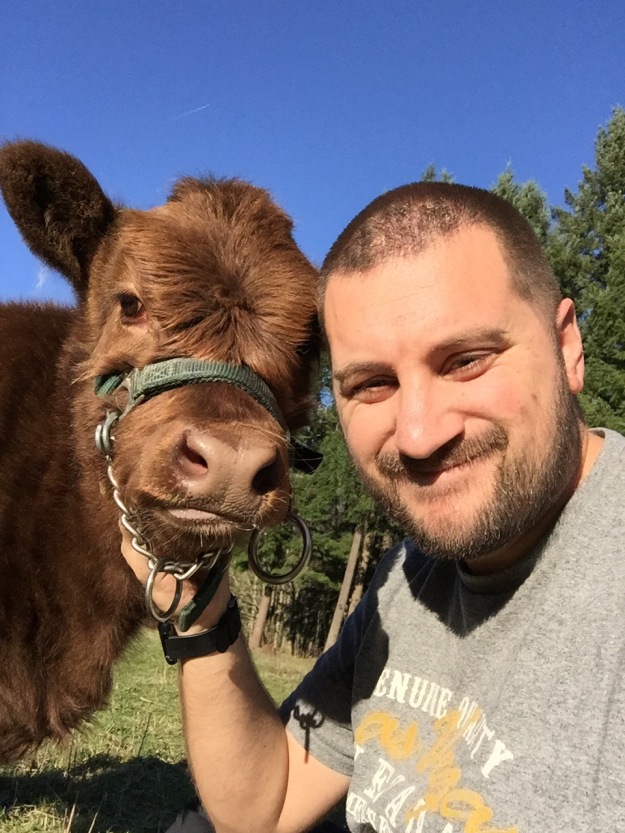Over the past year and a half I’ve become interested in the idea of alternative economies. Most of us are quite familiar with our main economy, that of cash. There are other ways of acquiring what you need or want though, and I’d like to talk about one of those today and that is of bartering.
Barter is a verb. It means to exchange goods or services for other goods or services without the use of money. Many of you may be familiar with bartering from the old MS DOS game “The Oregon Trail”.
I’ve been attending several bartering groups over the past year or so put on by a group locally called Fair Tradin’. You can visit their Facebook page here. https://www.facebook.com/FairTradin
These events are designed to bring like-minded people together for the purpose of bartering. There is no money exchanged, only goods (and sometimes services). We have brought jams, pork, eggs, homemade lemon cleaner and even homemade Christmas tree decorations to these events. In exchange, we have brought home vegetable starts, a rosemary bush, homemade lip balm, pickles, relish and even some homemade hard cider.
This is a great way to start bartering and it allows us to trade for some things we don’t use much of or things that we would be interested in trying. I feel however, that bartering could help us stock our pantry for the winter. I think it would be difficult to do that just by attending bartering events, so I needed to find another way.
Enter Hal Meng. Hal is one of the founding members of the Fair Tradin’ group, and he’s how I got involved with them. When my wife and I were first married and living in an apartment in the city I saw a post from someone looking for empty wine bottles and was willing to trade some jams and juice for them. We had leftover wine bottles from our wedding, and after a quick response we set up a time to meet. He got a full box of wine bottles, I got a pear jam, a lavender jam and a quart of grape juice. I still remember that grape juice, best I’ve had. Since that time, Hal and I have been a part of many different trades.
We still haven’t gotten to how do I fill up my pantry for winter by bartering. To get there, we had to execute a couple of trades in between that led me to another way of thinking. Back in September, Hal put out the word he was looking for 20 dozen eggs. He planned on preserving these eggs through mini quiches that he would freeze and other methods and that 20 dozen eggs would be enough to last him the year. I traded him 3 dozen eggs for various items, one of which happened to be a pint of homemade mild salsa. I brought our goodies home and my wife and a friend happened to open up the pint of salsa. They ate the whole thing in one sitting! Kaitlin told me that it was the best salsa she had ever eaten and that I must find out if Hal had more. He did, and we were able to trade for about 8 more jars.
That was when it hit me. How could I barter for items that I could use over the course of an entire year? I contacted Hal and told him what I was thinking. That we could put together a larger trade for items that would last us through the year. Hal thought it was a good idea and we made some time to get together and get something on paper. We have a lot of proteins (meats) to trades, and Hal is a master canner. Here is what we came up with.
Gavin trades to Hal, 30 lbs of pork, 1-2 lbs of smoked salmon, 24 dozen eggs, 4 oz of vanilla extract and the quince from our tree.
Hal trades to Gavin, 12 pints mild salsa, 18 pints spaghetti sauce, 12 pints green beans, 12 four oz jars of jam and 12 quarts of various juice.
With these items we shouldn’t have to buy them through the year, we’ll just have to pull them out of the pantry! How great is that?
I would like to encourage each of you to think about things you might have to barter with. Search in your area to see if there is a barter group and if not, start your own! Facebook is a great way to get in touch with like minded people and start a group. It’s a great way to meet new people and get some tasty treats at the same time!

